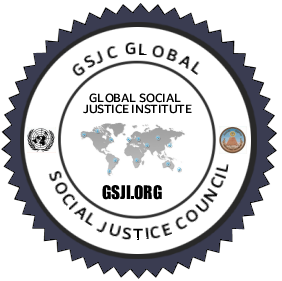|
Link between humanitarian and human rights law
Humanitarian law and human rights law were traditionally regarded as sepa- rate areas of international law – human
rights law setting standards for State conduct in guaranteeing the rights and freedoms of individuals and humani-
tarian law providing standards for the protection of war victims and the man- ner in which hostilities are
conducted. In other words, it was thought that human rights law was less applicable in situations of humanitarian
emergency and armed conflict. Those holding this view pointed to the provisions in the ICCPR which permit States to
derogate temporarily from some civil and political rights in times of public emergency which threaten the life of
the nation. However, the provisions of most international human rights instru- ments apply even in times of
armed conflict.
The need to safeguard human rights during armed conflict has been given pri- ority – as human rights are recognized
as integral to peace and security. In 1966, the then Secretary-General investigated the extent to which interna-
tional human rights instruments protected human rights in times of armed conflict. It was found that the major
international instruments, for example the International Bill of Human Rights, provided for a broader spectrum of
human rights protection than the Geneva Conventions. This acknowledge- ment guided the adoption by the Teheran
World Conference on Human Rights in 1968 and the General Assembly in 1970 of a number of resolutions recognizing
that fundamental human rights in international instruments con-
| 
